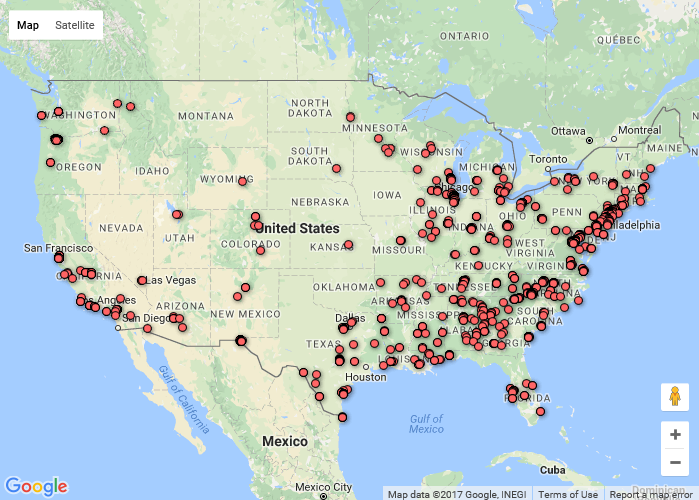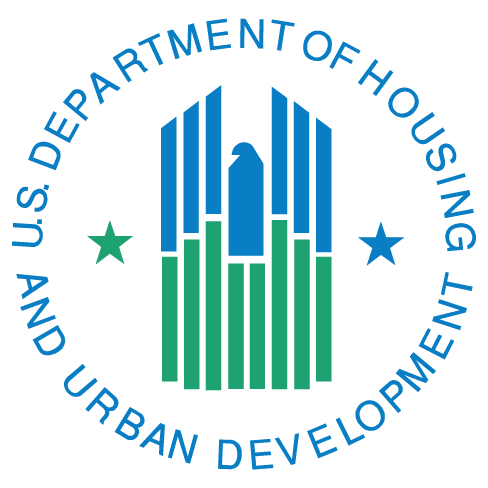The U.S. Department of Housing and Urban Development (HUD) website reports a $26 billion backlog of deferred maintenance for public housing nationwide. The backlog represents thousands of households living in run-down and inefficient buildings—conditions which lead to higher healthcare and utility costs, increasing stress on low-income communities. Clearly there is a need to be addressed, and one of the solutions HUD put forward is its Rental Assistance Demonstration (RAD) program. RAD was created to give public housing authorities (PHAs) more flexibility in improving affordable housing properties. To date, hundreds of PHAs have received a CHAP award from HUD to participate in RAD.
By many measures, RAD has been a great success. HUD’s Interim Report in 2016 details RAD’s progress, noting that the program has reached the cap set by Congress for number of units authorized be converted.
Unfortunately, the vast majority of small PHAs that have received a CHAP award are letting this opportunity expire. While it is important to recognize RAD’s successes, it is even more pressing to identify its barriers to entry so that small PHAs and their residents are not left behind.

RAD retrofits can include shell improvements that increase energy efficiency.
How RAD Works
RAD is the voluntary, permanent conversion of public housing to the Section 8 housing program. This public-private partnership provides PHAs more flexibility to leverage public and private debt and equity to finance property improvements.
RAD essentially privatizes the improvement of public housing while maintaining federal management. This arrangement helps cover financing gaps as PHAs convert properties to Project-Based Rental Assistance or Project-Based Voucher units. RAD also gives owners of three HUD “legacy” programs (Rent Supplement, Rental Assistance Payment, and Section 8 Moderate Rehabilitation) the opportunity to enter into long-term contracts that facilitate the financing of improvements.
In addition, RAD conversion opens the door for the inclusion of energy and water conservation measures in property improvements. If these efficiency upgrades are implemented, the RAD Green Incentive allows PHAs to earn higher net operating income among other benefits.
Benefits of RAD
The ability to infuse private debt and equity into public housing improvements is the overarching advantage of RAD. This funding flexibility theoretically increases the feasibility of thousands of building retrofits.
When housing retrofits include energy and water conservation measures, the lower utility costs help owners increase their net operating income, access greater financing, and capture more rent through the RAD Green Incentive. Green retrofits also increase property value, reduce carbon emissions, and lower resident vacancy and turnover rates.
For building residents, RAD-enabled retrofits can reduce their environmental footprint and improve the comfort and safety of their household. These factors translate to significant annual savings on utilities and healthcare costs. RAD also guarantees that the strong tenant protections under the public housing program are upheld after the conversion.

Map of Component I RAD projects from RAD-watch.org
Why Can’t All PHAs Access RAD?
Achieving the lofty goals of the RAD program requires significant resident involvement, national coordination among resident advocates, and ongoing discussions with HUD about ways to improve the program. As of 2017, these factors have not converged to generate a significant dent in the HUD backlog of deferred maintenance.
While larger PHAs have the resources to obtain legal assistance, financing partners, and program consultants to participate in RAD, many smaller PHA face barriers to entry. Lack of knowledge on the options available with RAD, paired with a resource constraints and the inability to reduce high fixed costs for smaller projects has precluded many building retrofits.
To be sure, there are many PHAs that are utilizing the RAD program. You can find a clickable map of RAD projects on RAD-watch.org, as well as a monthly “List of Unit Reservations” published by HUD. However, the scale of the RAD program has not matched the scale of the need for capital improvements in the U.S. housing stock.
Overcoming Barriers to RAD Conversion
Despite its challenges, RAD conversion offers an extraordinary opportunity for various stakeholders (public and private) to collaborate on a project that will benefit everyone involved. This arrangement makes it easier for stakeholders to find common ground and pursue more ambitious property improvements. Of course, lack of information can completely stall this opportunity.
ICAST is one of several consultants that provides information and helps multifamily housing owners navigate RAD conversion. Unlike most consultants, ICAST focuses on assisting the underserved market of small PHAs.
Beyond basic conversion, ICAST Consulting can also offer guidance on how to capture more rent through the new RAD Green Incentive. When paired with additional financing and federal incentives, a green RAD conversion provides property owners access to the full array housing retrofit benefits.

